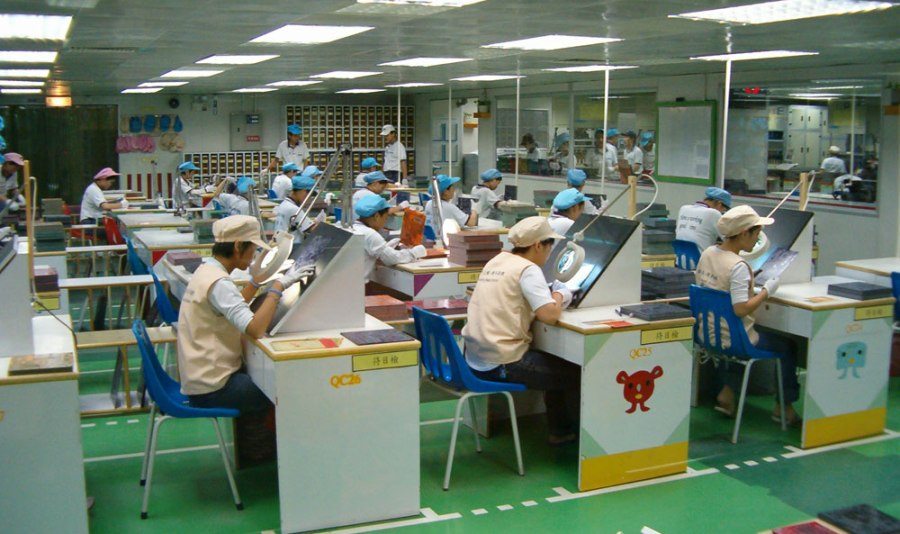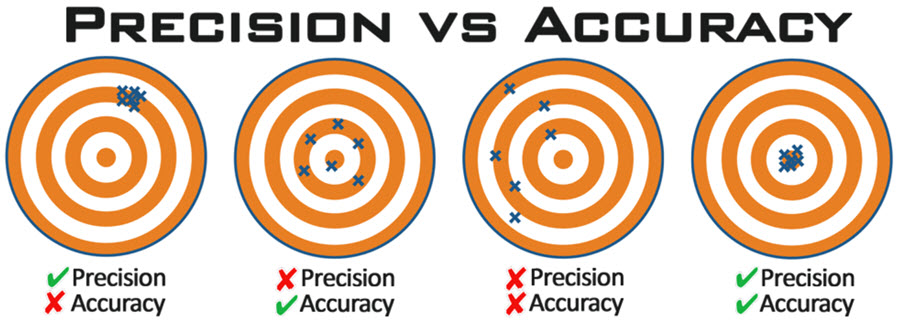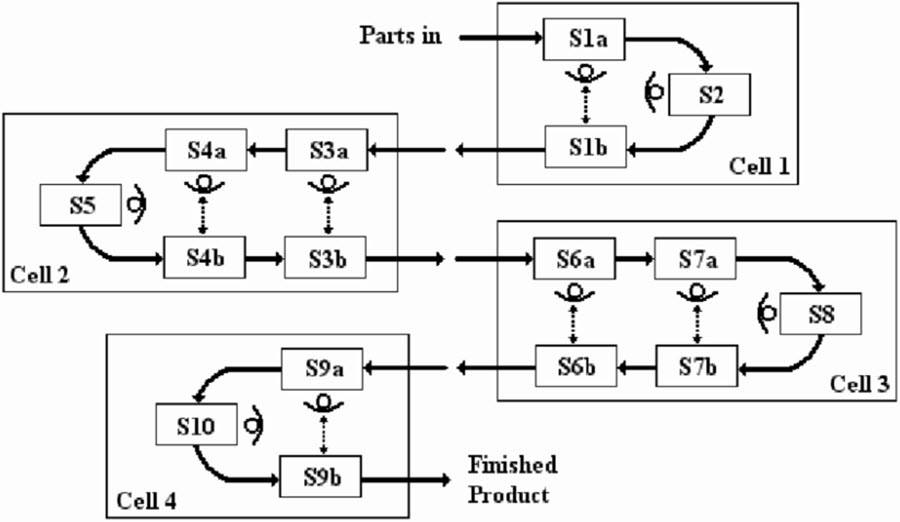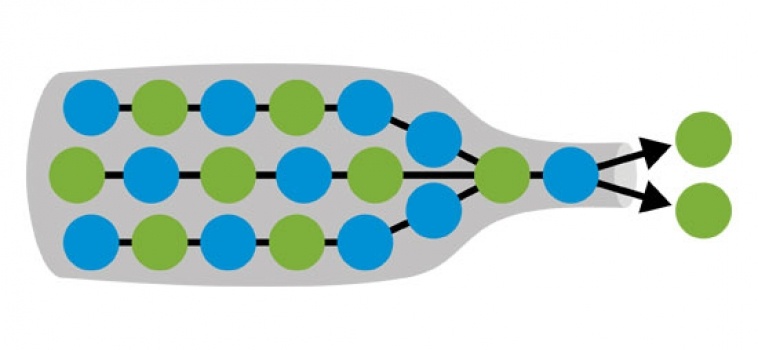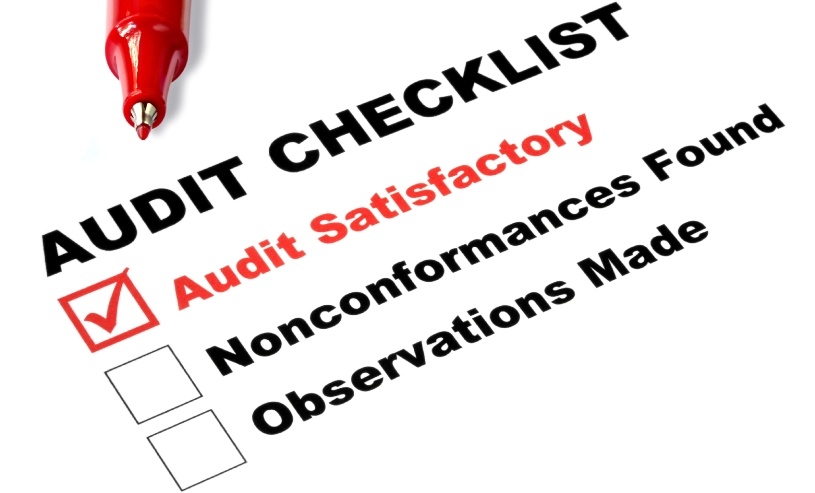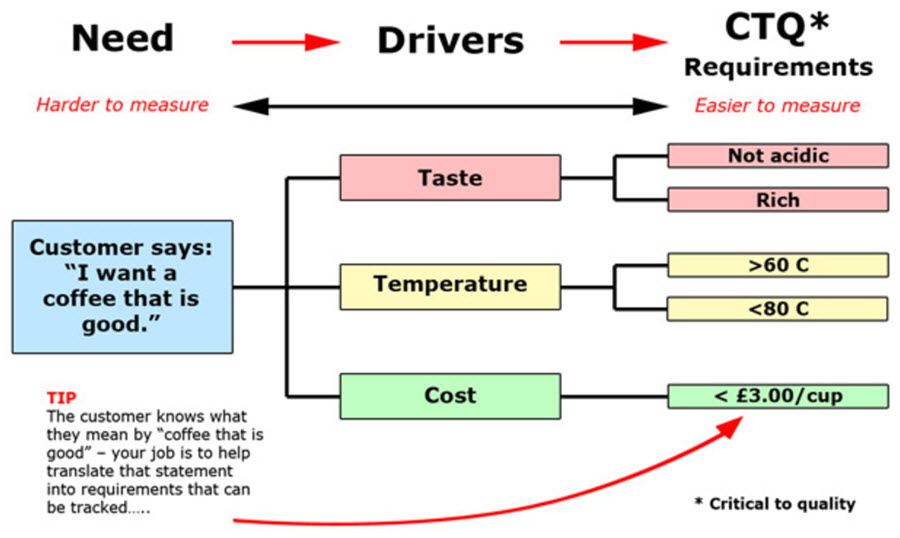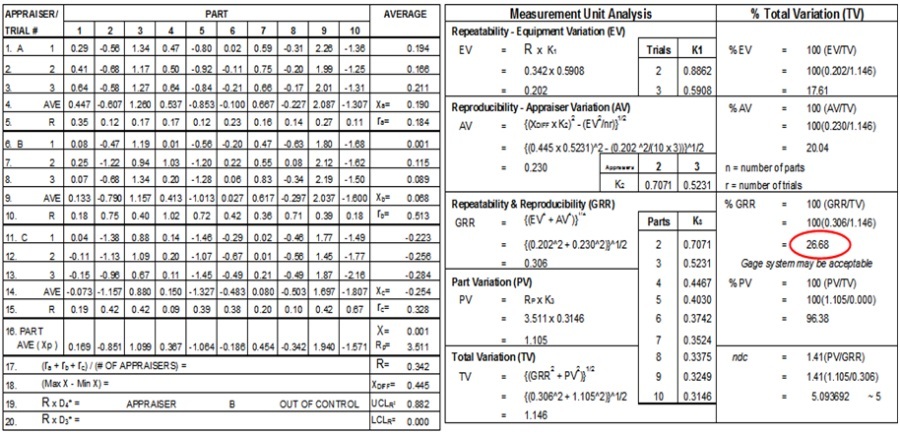What Is the Effectiveness of Visual Inspection
Visual inspection can also be called as 100% inspection. It is usually adopted to prevent shipping of a non-compliant product. Visual inspection is a method in which the unit or product is inspected with unaided eye either alone or with any aid, on the basis of which specific unit or product is evaluated. After [...]

